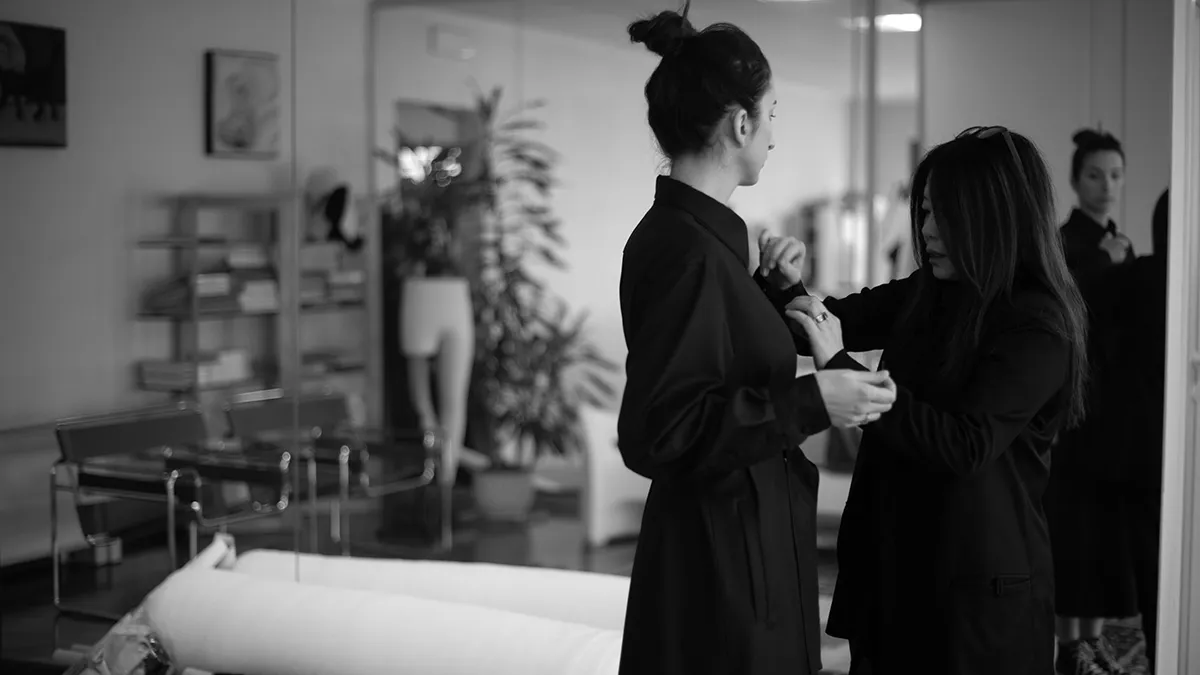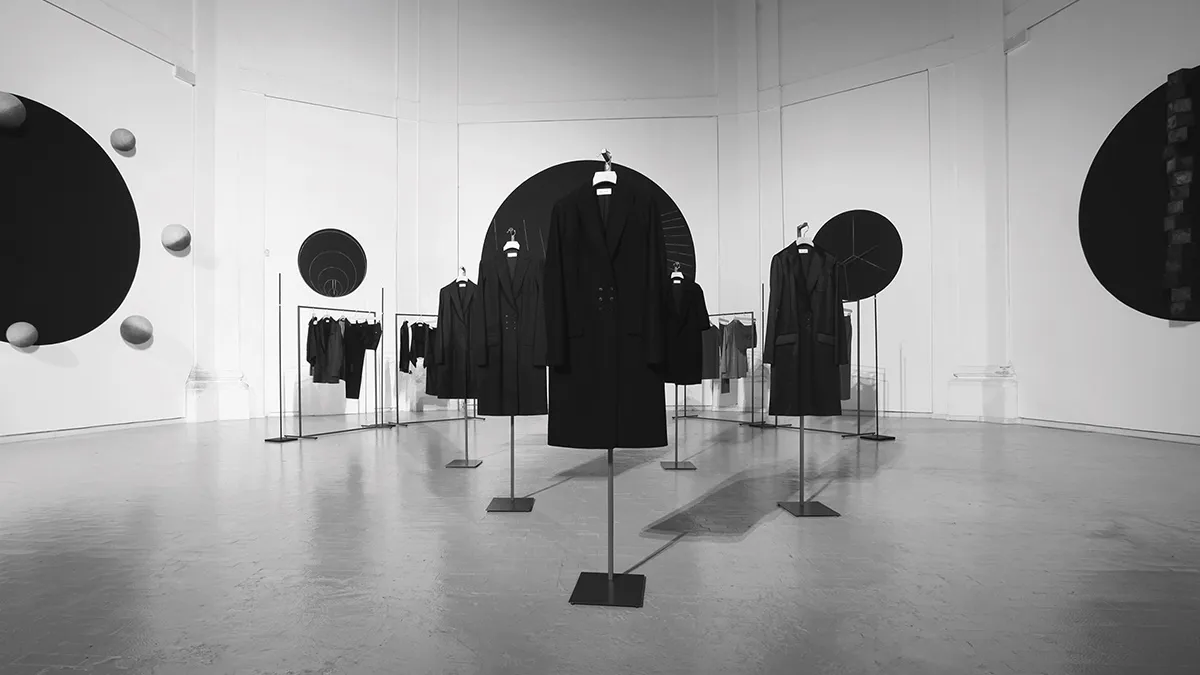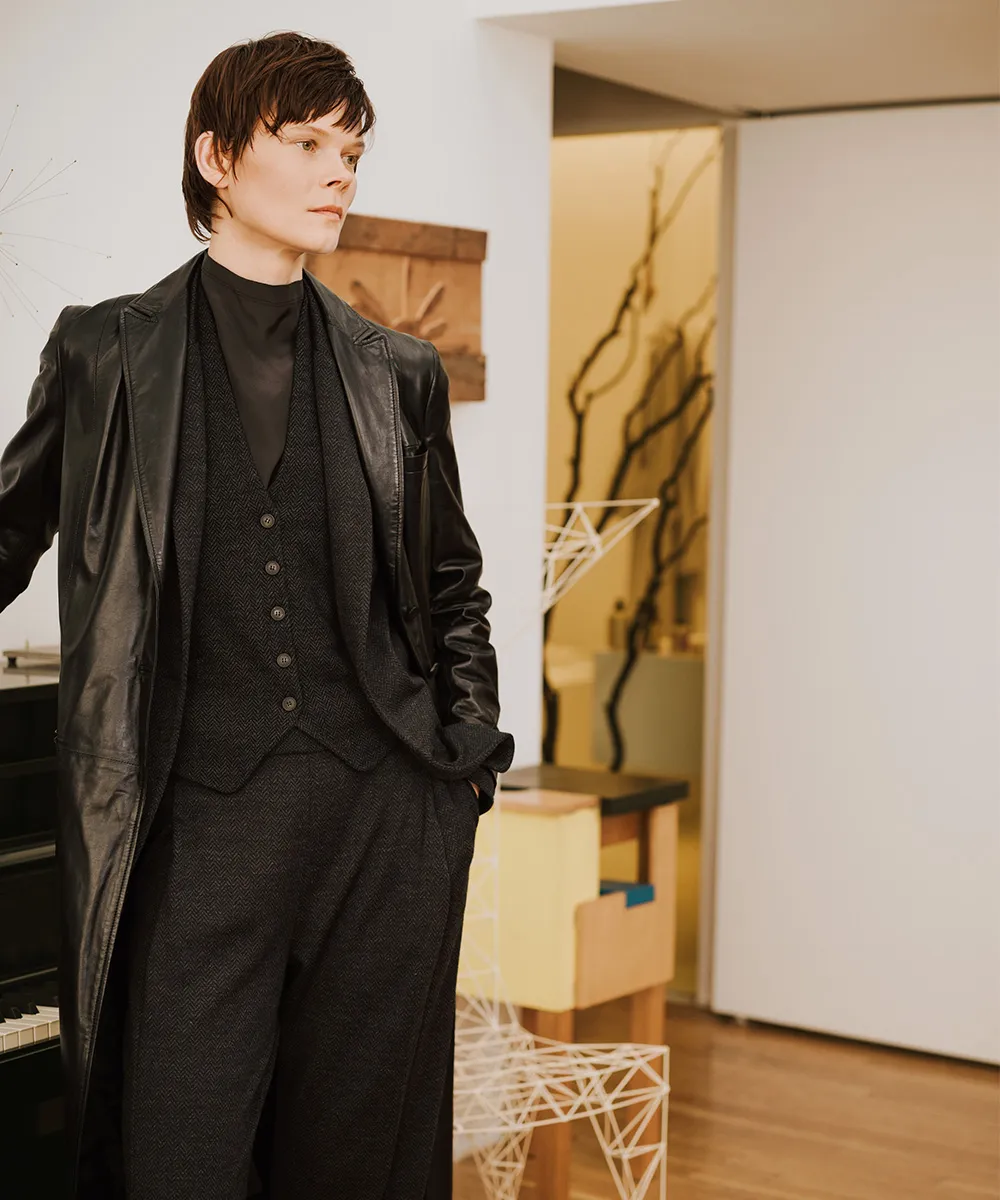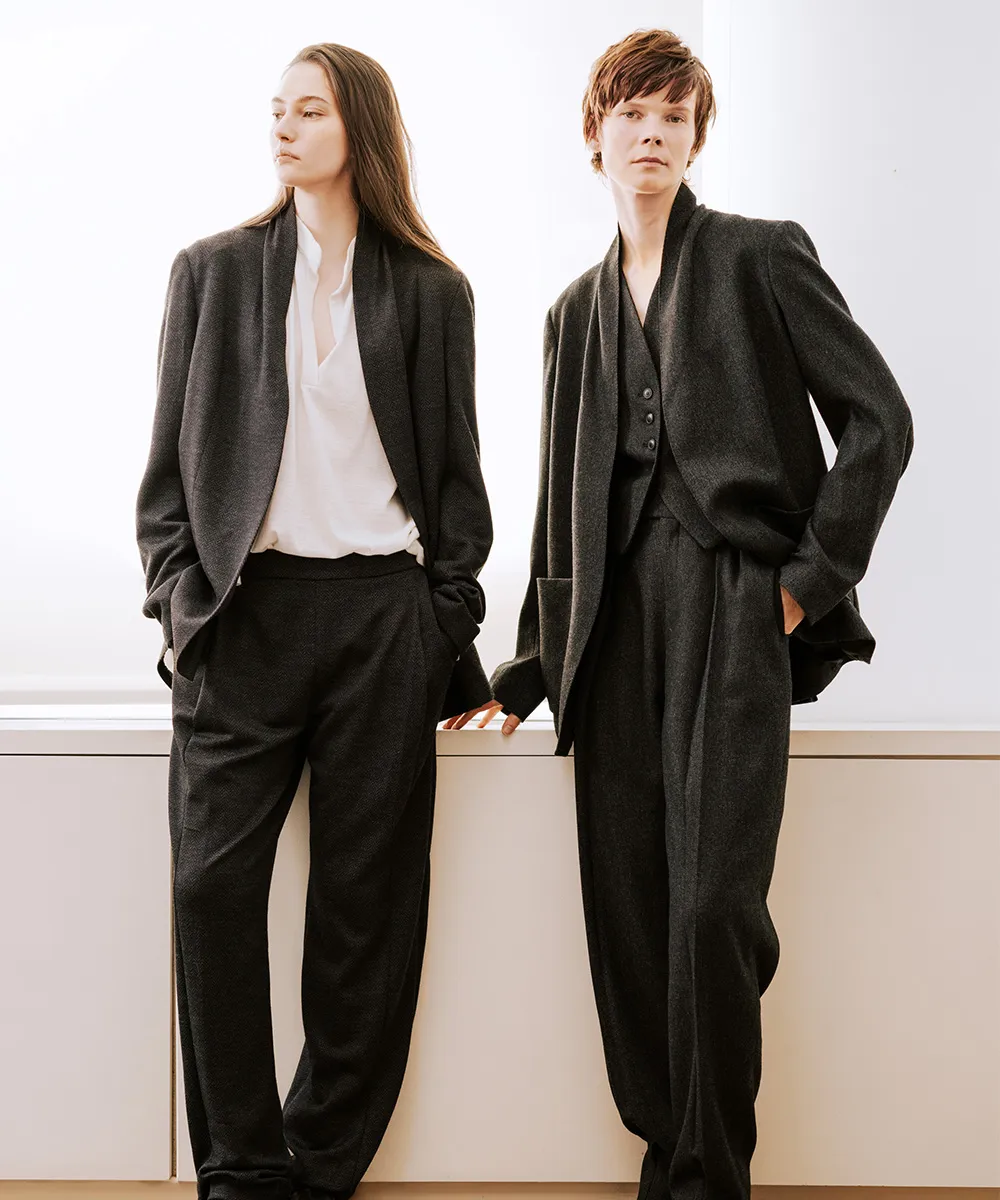Why the Porsche 914 Is a Polarising Classic
While the 911 attracts most Porsche-lovers’ attention, the 914 is a really interesting outlier for those willing to go out on a limb of the German marque’s family tree. That particular branch was a mid-engined sports car conceived as a joint Porsche-Volkswagen project under the aegis of Ferdinand Piëch, at the time in charge of Porsche research and development. Presented in March of 1968, the 914 entered production for the 1969 model year.
The 914/4, as the original is technically called, was introduced with a workmanlike Volkswagen (not Porsche) flat-four engine, and it was popular, too, with more than 115,600 examples produced from 1969 through 1976. Yet the 914 was a polarising model when new, and has been ever since. It’s a car whose detractors have probably never experienced the sheer brilliance of its nimble handling.

Designed by Heinrich Klie, the 914 certainly looks like no Porsche before or since, but in retrospect, the design has proven its brilliance over the ensuing decades. Its outwardly identical twin is the 914/6, powered by the 2.0-litre, six-cylinder 911 T engine, slightly detuned and making 110 hp. With only 3,332 made from 1970 through 1972, the 914/6 was not particularly popular in the early days of the 911-powered Porsches. After all, a 911 T could be had for about the same amount of money, while looking like a “real” Porsche. But the trickle-down cachet of a 911-powered 914 helped elevate the four-cylinder model, which today enjoys quite a following, and deservedly so.

The 914 was a steel unibody design manufactured by Karmann, and a mid-engine layout meant the lump of a motor was situated for almost perfect balance, with a low center of gravity, like the electric slot cars of the day. The suspension uses McPherson struts at the front and trailing arms in the rear, with anti-roll bars added on later models that further improve handling. As the 914 weighs less than 1,000kg, driving one is a reminder that lightness—absent in modern sports cars—is an attribute to be relished. In the Bauhaus-simple cockpit, driver and passenger sit low and enjoy unencumbered forward vision over a three-instrument dash and a front end that simply “isn’t there” to obscure the road ahead. And the fibreglass Targa top can be stowed in the rear trunk so the cockpit is opened to the sky.

Throughout the years, the capacity of the fuel-injected Volkswagen flat-four engine grew from 1.7- to 1.8- to 2.0-litres, which make about 60 kw, 63 kw, and 74 kw, respectively. The Porsche 901 five-speed manual transmission is hung behind the engine, and a four-speed Sportomatic transmission was offered on the 914/6, with few takers. Original four- and six-cylinder cars are easily distinguished by the number of lug nuts on the wheels; four for the 914/4 and five for the 914/6. As with most cars of the era, more stringent crash standards compromised the appearance of 1975 and 1976 models by adding bulky rubber bumpers.

By now, many 914s have had modifications and upgrades, including wheels and brakes, 911-engine swaps, and body conversions that emulate the 914/6 GT race cars. Such a conversion that was officially from Porsche was called the M471 package, which was offered for the 914/6 in model years 1971 and 1972. It incorporated flared fibreglass rocker panels and hand-formed, flared steel front valances fitted to accommodate wide fender flares. The upcharge for the M471 package was $2,113 and with just 23 examples produced by the factory, these are some of the rarest Porsches around.

With the objective of complying with SCCA rules that 500 examples be produced, Porsche made approximately 400 M471 conversion kits as well, although it is unknown how many were installed or on which chassis numbers. Certainly, the modifications had widespread appeal for racers in period and ever since, which explains the proliferation of conversions with unofficial body kits made when the cars were new and in the ensuing decades.
Values are, as always, determined by condition and, for some collectors, originality, including matching-number engines, especially on the 914/6. Rust is the main concern when considering any 914. The most plentiful 1.7-litre cars range from under $30,000 for one in good condition, to more than $100,000 for concours examples. The most desirable 914/4s are early 2.0-litre models. The 914/6 is in another league, with good cars valued at around $122,000, while concours winners are able to fetch well into the $250,000-plus range.


















































